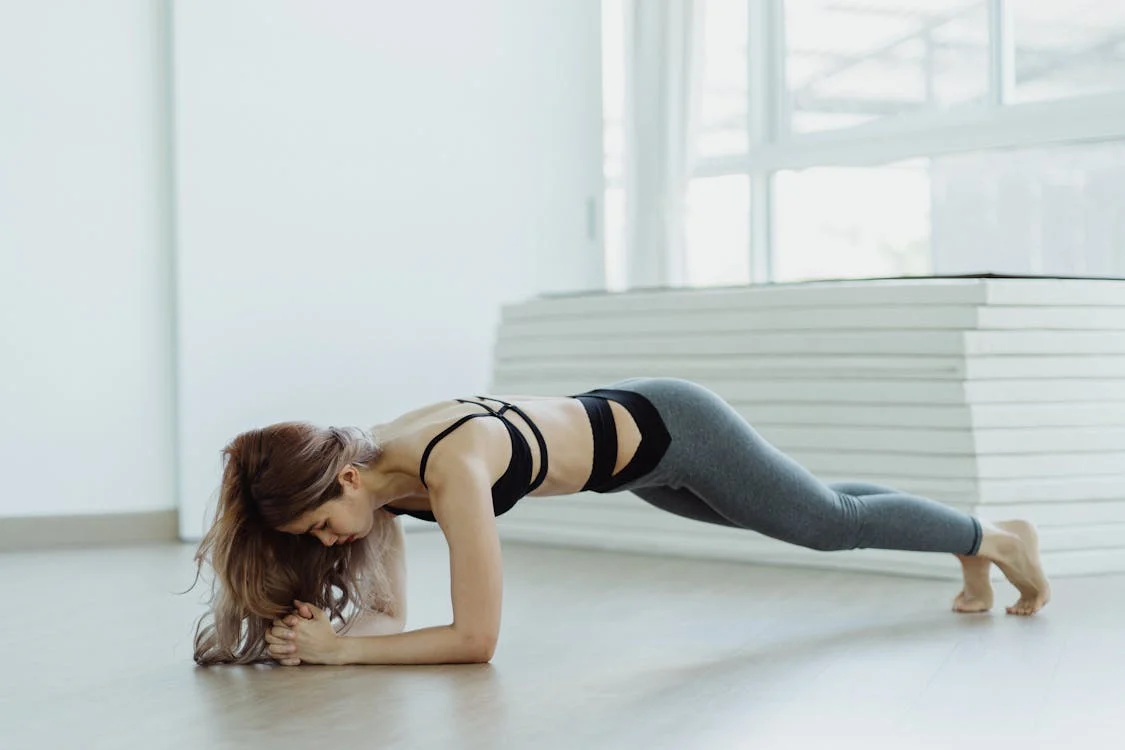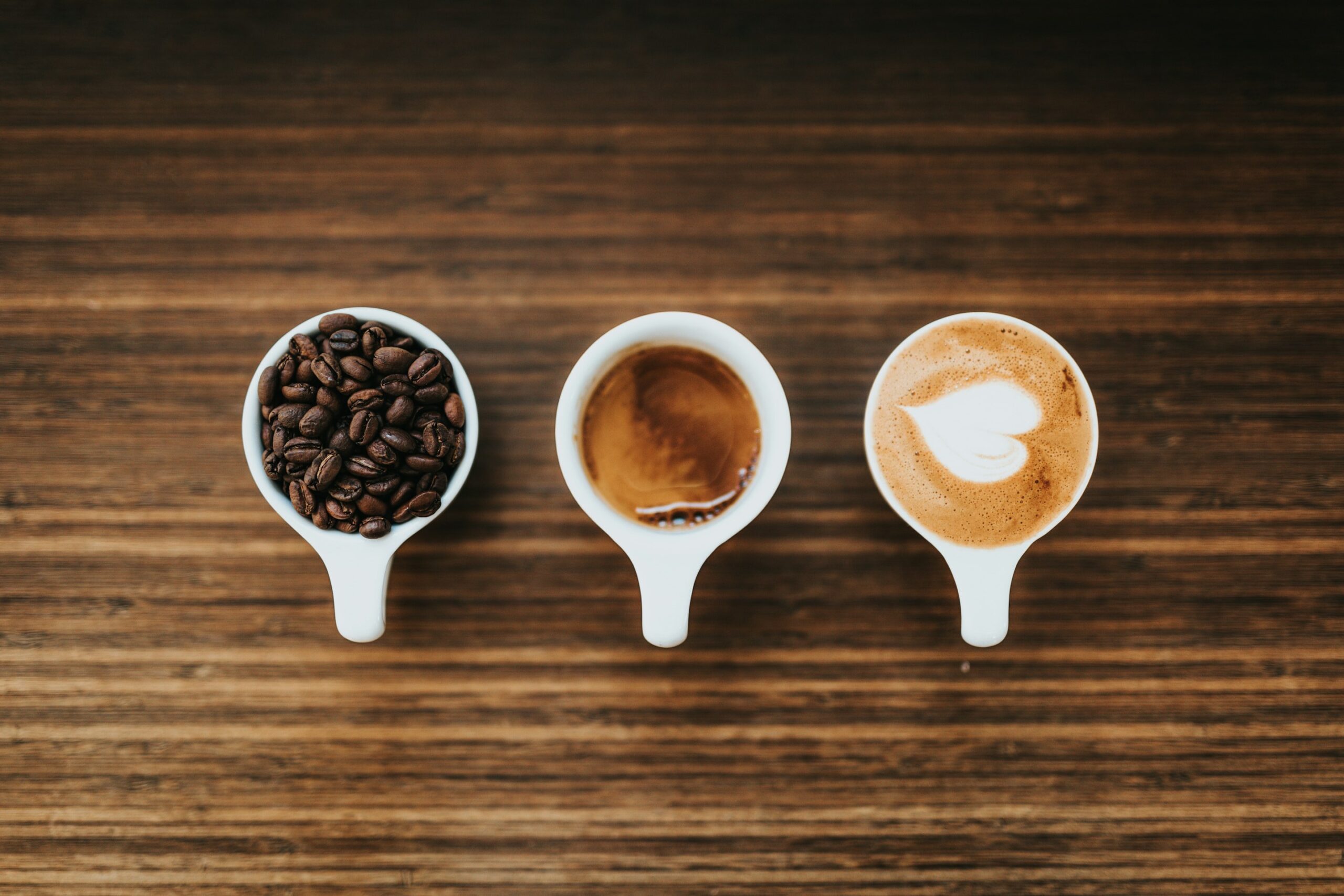For many, taking their first cup of coffee in the morning is more than simply a custom; it’s a vital wake-up call. However, did you know that drinking the appropriate amount of coffee can provide a surprisingly wide range of condition advantages beyond the instant energy boost? Even though excessive consumption might have negative effects, research is beginning to show that include a reasonable amount of this popular beverage in your daily routine can improve the way you feel. Let’s explore nine strong arguments for why you might be benefiting more from your daily cup—or two, or three, depending on your preferences.
1. A Powerful Punch of Antioxidants:
Coffee beans are packed with powerful antioxidants, including polyphenols like chlorogenic acid. These compounds fight against harmful free radicals in the body, which are linked to aging and various diseases. In fact, for many people, coffee is a significant source of antioxidants in their diet.
2. Sharpened Focus and Enhanced Brain Function:
The caffeine in coffee is a well-known central nervous system stimulant. It blocks adenosine, a neurotransmitter that makes you feel tired, leading to increased alertness, improved reaction time, enhanced memory, and better cognitive function. That morning cup can truly help you get your mental gears turning.
3. May Lower Your Risk of Type 2 Diabetes:
Several studies have indicated that regular coffee consumption is associated with a reduced risk of developing type 2 diabetes. While the exact mechanisms are still being researched, it’s believed that coffee’s antioxidants and its potential to improve insulin sensitivity play a role.
4. Potential Protection Against Neurodegenerative Diseases:
Research suggests that coffee drinkers may have a lower risk of developing neurodegenerative diseases like Alzheimer’s and Parkinson’s. Caffeine may help protect brain cells and slow the progression of these conditions.
5. A Friend to Your Liver:
Studies have shown that regular coffee consumption can have a protective effect on the liver. It may lower the risk of developing liver diseases like cirrhosis and even reduce harmful liver enzyme levels.
6. Boosted Physical Performance:
That pre-workout coffee isn’t just a placebo. Caffeine can enhance physical performance by increasing adrenaline levels, reducing fatigue, and improving focus, allowing you to push harder and longer during exercise.
7. May Contribute to a Happier Mood and Lower Risk of Depression:
Coffee consumption has been linked to a lower risk of depression and an improved mood in some individuals. Caffeine is thought to stimulate the release of dopamine, a neurotransmitter associated with pleasure and motivation.
8. Potential Heart Health Benefits (in Moderation):
While excessive caffeine can cause temporary increases in heart rate and blood pressure, moderate coffee consumption has been linked in some studies to a lower risk of heart failure and stroke over the long term. The timing of consumption, particularly in the morning, may also play a role in these benefits.
9. May Aid in Weight Management:
Some research suggests that coffee, particularly black coffee, may help with weight management by boosting metabolism and promoting fat burning. However, it’s important to be mindful of added sugars and creams, which can negate these benefits.
The Key is Moderation:
It’s crucial to emphasize the phrase “the right amount” in the title. While coffee offers these potential benefits, excessive consumption can lead to negative side effects like anxiety, insomnia, digestive issues, and increased heart rate. The generally recommended safe limit for most healthy adults is around 400 milligrams of caffeine per day, which is roughly equivalent to four 8-ounce cups of brewed coffee. However, individual tolerance can vary.
Listen to Your Body:
Pay attention to how your body reacts to coffee. If you experience jitters, anxiety, or sleep disturbances, it might be a sign to cut back. Also, be mindful of what you add to your coffee – excessive sugar and cream can quickly turn a healthy beverage into a calorie bomb.
The Bottom Line:
For many, enjoying a moderate amount of coffee can be a delicious and beneficial part of a healthy lifestyle. From its rich antioxidant content to its potential to boost brain function and protect against certain diseases, coffee offers more than just a morning pick-me-up. So, savor that cup of joe, knowing that in the right amount, it might just be doing your body good. Just remember to listen to your body and enjoy in moderation!
For many, taking their first cup of coffee in the morning is more than simply a custom; it’s a vital wake-up call. However, did you know that drinking the appropriate amount of coffee can provide a surprisingly wide range of condition advantages beyond the instant energy boost? Even though excessive consumption might have negative effects, research is beginning to show





